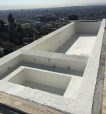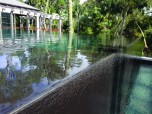A wise man once observed, “The news of one bad job travels 10 times faster and farther than one good job.” That’s one way to understand the importance of every project in today’s new normal. Doubly so if you’re a pool and spa contractor facing a tricky project.
Take the construction of a suspended pool, an infinity/vanishing-edge pool, or a pool attached to the home’s foundation, all increasingly common features of higher-end homes.
There isn’t a playbook or code to guide you through even minimal waterproofing standards. True, at least one trade group — the Tile Council of North America — offers helpful guidelines in their Handbook (P-602). Beyond that? You’re on your own, relying on waterproofing consultants, material manufacturers, and your own experience.

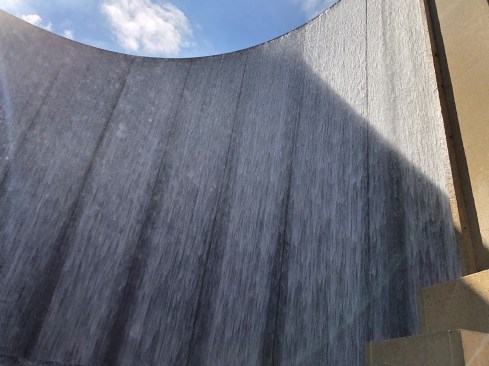
The call
As recently as 10 years ago, the notion of an integrated, high-performance waterproofing system didn’t exist. Life was a hodge-podge of seemingly disconnected waterproofing materials from various suppliers. How do they work together? How do they not work together? That uncertainty left too much to chance. Around 2008 that all changed with a single phone call.
Trevor Foster remembers it well.
“A gentleman named Ken Millbury called me. Ken spec’d a lot of super high-end single family homes in the Los Angeles area. He said, ‘I know you guys have a lot of different waterproofing materials. We need a system. You know what works and doesn’t work,’” recalls Foster, a veteran pool building contractor and now current head of the western sales district for Miracote, a leading name in pool and spa waterproofing.
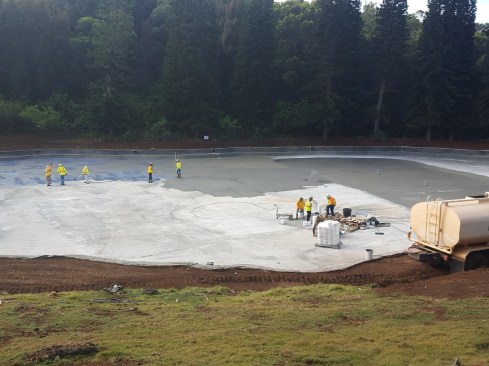
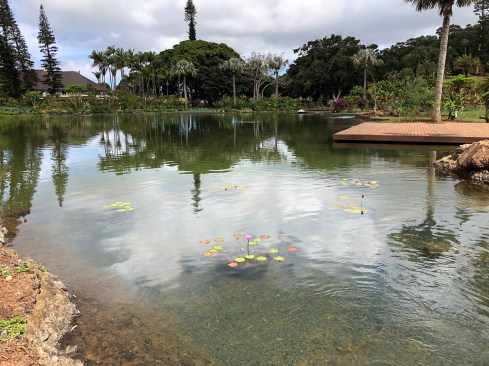
High-performance solution
That call put in motion a pioneering initiative that was destined to become the industry’s first integrated, high-performance waterproofing system. The secret to the system was hiding in plain sight: Miracote’s long and successful service in the concrete repair and protection business. It presented all the materials required to craft a four-part system that is arguably the industry waterproofing standard:
- Corrosion mitigation
- Mortar bed
- Waterproofing
- Bond coat
With equal parts humility and pride, Foster claims, “We don’t have failures,” a fact that has inspired more than their fair share of competitors and imitators over the years. What advice does this pro’s pro have for contractors weighing their waterproofing options? A few thoughts:
- Verify third-party certification. Winging it with uncertain, uncertified products is a recipe for callbacks or worse. One prominent waterproofing consultant told Foster, “If there’s ever an issue and it goes to court, I can reference third-party testing. Some companies don’t even have basic ASTM testing. Certification helps eliminate liability.”
- Watch out for silent reputation killers. Some contractors may not realize “… the weekly route guy is scrubbing efflorescence off a negative edge or fixing loose tile. A lot of issues start quietly piling up,” Foster says.
- Expect on-site factory training. You’re only as good as your weakest applicator. Your local waterproofing technical rep should be at the jobsite showing your team what and how.
Bottom line, it’s about delivering great, profitable, and sustainable projects. Take time to get all the facts before you spec-out your next bid.

